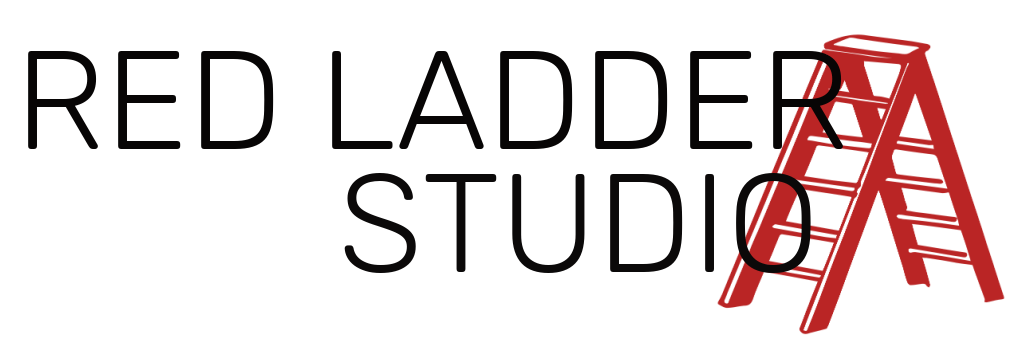Learning from the garden
Life at the moment is all about the garden. Our first little working retreat here starts today! One of the main projects is to set up new vegetable beds for next year, using Charles Dowding’s ‘no-dig’ method. We’re about to receive 10 cubic metres—around 12 tons—of compost, so for the past few weeks, gardening has filled my mind, as well as my days.
If you’re a gardener, you may have saved your own seeds from time to time. I have, and always thought it was simply a way to be frugal. But I recently discovered there’s much more to it than that, thanks to a podcast interview with Adam Alexander (see On My Radar below).
Imagine you grow four varieties of tomatoes, and one stands out as especially good. You might save the seeds and save yourself £1.99. But what if you take it further—choosing the very best plant from that variety, then the very best tomato on that plant, and saving those seeds? You’re selecting not just for taste, but for the plant’s ability to thrive in your garden.
Next year, you sow those seeds, again observe which plant performs best, and save from that one. Over time, you’re cultivating tomatoes uniquely suited to your soil, your microclimate, your way of tending them. It’s what plant breeders do—but here, you’re breeding a plant to belong, intimately, to your garden.
And we’re no different. We, too, can become better adapted to our inner and outer conditions—if we’re willing to learn from experience. Like the gardener selecting seeds, we can pay attention to what works in our lives, and in our Dharma practice, and choose to “save” the habits, attitudes, and practices that bear the most fruit.
So instead of being a seed saver, be a habit saver. Try things out—experiment with different rhythms, different ways of meditating or relating or working—and notice what actually helps. What brings more contentment, clarity, kindness? Keep those.
For some of us, this might involve a shift in orientation. Are you someone who naturally plans, always looking to the future? Or someone who often looks back, reviewing what’s already happened? Most of us lean one way or the other. I’m a planner—always imagining what’s next. My friend Katie, an artist, is the opposite: she’s brilliant at archiving, reviewing, documenting. It’s something I’ve been trying to do more of—because reflecting on our experience is where we learn most.
I often quote the Buddhist teacher Sangharakshita who, when asked, “How do I get a mind like yours?” replied simply: Reflect on everything that happens. The greatest teacher we’ll ever meet is our own experience—but only if we take the time to notice it.
There are many ways to do this. Sangharakshita said that, at the end of each day, as he drifted off to sleep, he would go over the events of the day. I love the simplicity of that: just acknowledging, this day happened, before moving on.
You might keep a journal, or take a few minutes for a daily review. A simple set of questions can help: What went well? What would you do differently next time? What do you want to remember?
This, too, is a kind of seed saving. You’re selecting the actions and attitudes that worked well and sowing the seeds of those for the future. The Buddha himself used the metaphor of seeds. He taught that virtuous actions—those rooted in love, generosity, and awareness—sow the seeds of future happiness and contentment. And the opposite is true, too.
So as I turn over compost and prepare the beds for next year’s garden, I’m also thinking about which habits, reflections, and ways of being I want to carry forward. What’s worth saving? What wants to grow in this particular patch of life?
Related posts:
Eat what there is
Creativity starts with the facts

